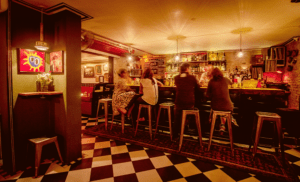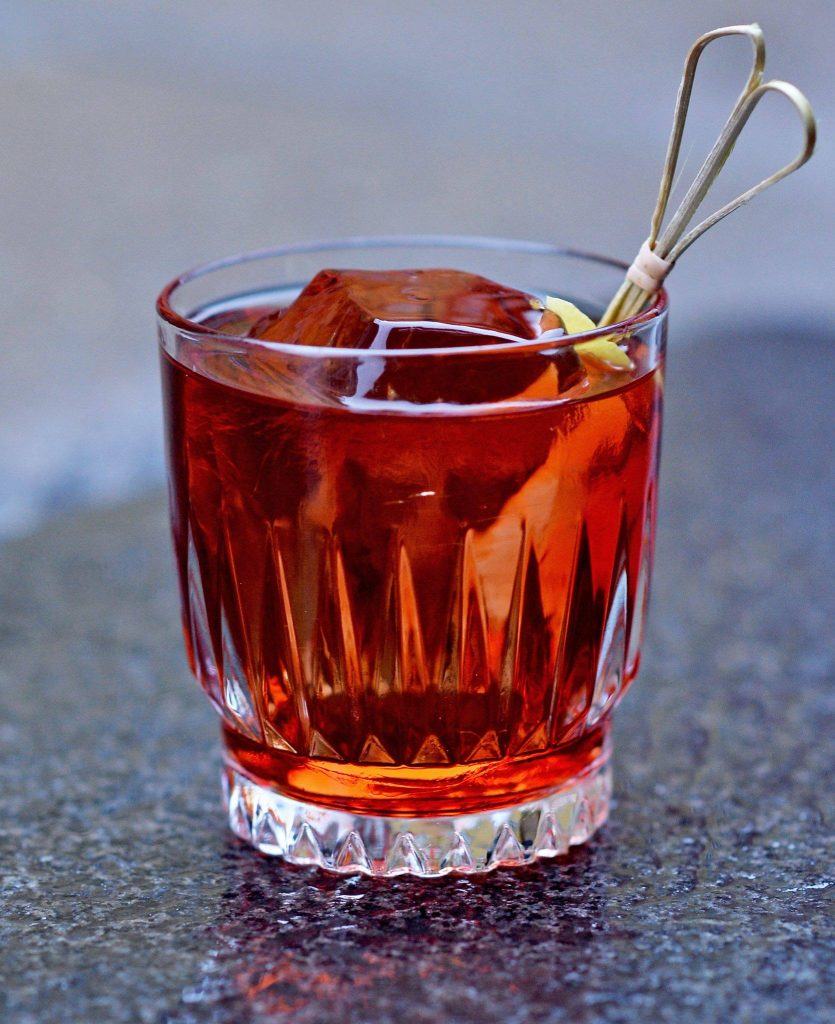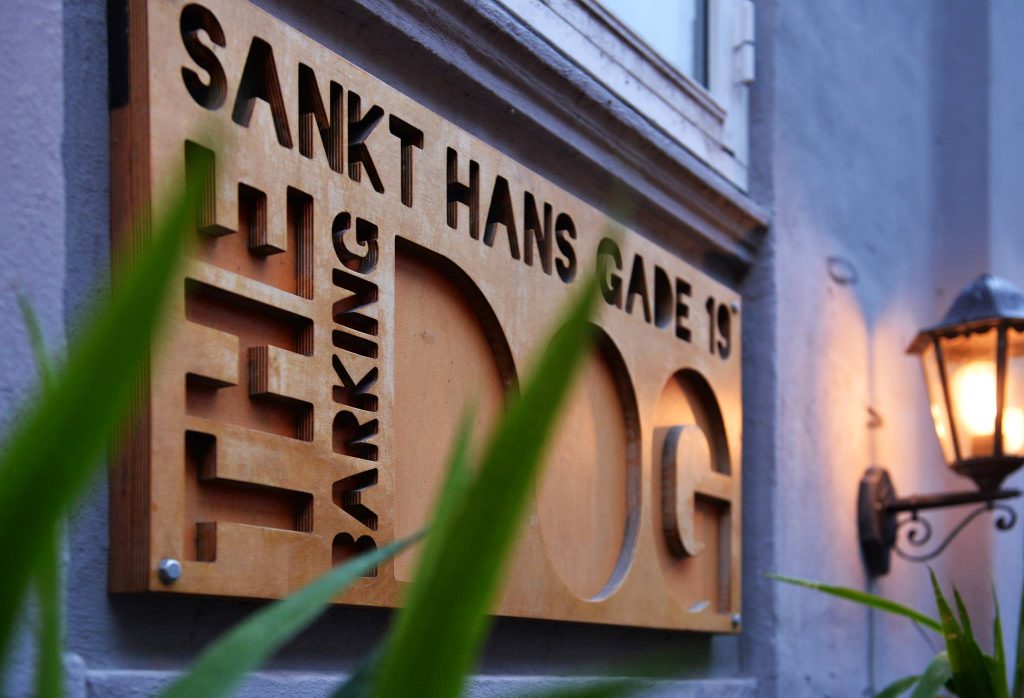General
Making a noise for the bar where experience is everything
This article is more than 7 years old.

You’d be barking mad to pass this one by (photo: Douglas Whitbread)
I was aware when I stepped down unaccompanied into the sunken premises of The Barking Dog on a non-descript Monday evening that I was breaking a taboo. In cities like London or New York the presence of a ‘lone-drinker’ in a bar would be accepted and perhaps even thought of in vaguely romantic terms. But despite this, my three years of ‘going out’ in Denmark have taught me that solitary drinkers in this city are viewed as strange, out of place or even potentially subversive.
However, as I stood awkwardly on the threshold I was taken aback by the reaction that my appearance provoked. A beaming bartender twirling a translucent ice-cube in a high-ball glass caught my eye and gestured at me from across the room.
“Hey, welcome,” he called out to me as I hovered by the door. “Come in and have a seat.” In the same time it took to hang up my coat and take a stool by the bar, he had neatly placed a bottle of chilled water and glass in front of me. “This isn’t like the other bars in Copenhagen,” I thought. “This is something different.”
Relaxed ambience
The décor hints to the experiences of co-owner Carl Wrangel in South America where he gained an in-depth understanding of the methods used to produce the agave-based drink Mezcal. However, it also demonstrates how his many years as a publican have given him knowledge of how to put guests at their ease.
For example, the bar is designed to accommodate, whether it is individuals, couples or groups, with seating that ranges from raised platforms to tucked-away benches. This allows each person to catch a glimpse of others sat in different parts of the venue, but it also offers plenty of privacy for those who desire seclusion.
The consequence is that guests can leave their anxiety and predispositions behind and instead focus on the spellbinding cocktail-experience that The Barking Dog facilitates.
Smooth service
The care and attention with which the bar is spatially-designed is also mirrored in the approach bartenders take in their roles as hosts. Guests are provided with a drinks menu that they can use to select and purchase drinks.
However, the bartenders are the key custodians of this process. They possess both extensive, knowledgeable and bountiful skill, which allows them to curate unique alcoholic beverages to suit a diverse range of customer needs and requirements.
This means guests are not required to pick the first drink they recognise off a complex or incomparable list. Rather, they can offer up a few examples of the flavours or spirits of which they’re particularly fond, or even describe their mood when they order.
The bartender will then shoulder the burden of serving them with something that he knows they will enjoy: from a classic Negroni to one of the many signature cocktails the establishment offers.
A price worth paying
The price for this service isn’t cheap. Cocktails are on average 100 kroner each – a competitive if not slightly expensive rate compared with other restaurants and bars based in the local area.
But the quality and experience that customers receive at The Barking Dog in my opinion is unsurpassed by its competitors.
The bar exists as a true renegade in town where conformity is king, allowing customers to sample some of the finest drinks around.












































